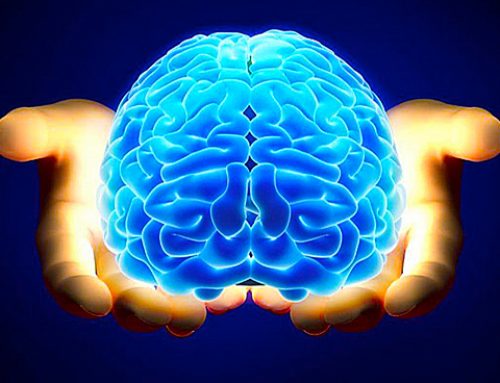Christmas is almost forgotten , spring and summer are the seasons that we prefer , but you must fight the laziness now, not just rearrange the power.
The Lund University in Malmo has shown that physical activity changes our DNA , not only improves the health status change , but our genetic map .
A sedentary lifestyle , poor diet and new technologies that reduce physical activity, due to health problems worldwide . A reduced energy expenditure and excess in take of calories , cause weight gain and increased risk for cardio – metabolic health .
Obesity is an important predictor for the development of type 2 diabetes ( T2D ) and cardiovascular disease , which suggests a central role for the adipose tissue in the development of these conditions. Adipose tissue is an endocrine organ that affects many metabolic pathways , contributing to overall glucose homeostasis . DT2 is caused by a complex interaction of genetic and lifestyle, and a family history of T2D was associated with a decreased physical fitness and an increased risk of disease. Individuals with a high risk of developing type 2 diabetes benefit greatly from non-pharmacological interventions , involving diet and ‘ exercise. Exercise is important for health , including weight maintenance and its beneficial effects on triglycerides, cholesterol and blood pressure, suggestively activating a complex program of transcriptional changes in target tissues .
Epigenetic mechanisms have been implicated in gene regulation and in the development of many diseases. The epigenetic model is created in the first years of life and is maintained in differentiated cells , but the age-dependent alterations still have the ability to modulate gene expression and translate environmental factors in phenotypic traits . The epigenome differs between various cell types and up to now has been characterized for only a few human tissues. Environmental factors potentially alter the epigenome .
Because environmental factors can change the metabolism through epigenetic modifications , the researchers examined whether a period of six months of exercise alters the configuration of DNA methylation ( epigenetic modification of DNA) and gene expression in human adipose tissue . The results show that changes in DNA methylation occur as a response to exercise .
At Lund have also found a differential DNA methylation of 39 candidate genes for obesity and type 2 diabetes in human adipose tissue after exercise. Moreover , they provide evidence that the functional genes , which exhibit both differential DNA methylation and gene expression in human adipose tissue as a response to exercise, the metabolism of adipocytes influence. This study provides the first detailed map of the pattern of genome-wide DNA methylation in human adipose tissue and connects the exercise of DNA methylation alteration in adipose tissue , which can potentially affect the metabolism of adipocytes .
In this study , exercise resulted in a decrease in waist circumference and waist-hip ratio , which leads to decreased abdominal obesity, a phenotype known to be associated with a reduced risk of metabolic diseases . In fact, the increased levels of DNA methylation was observed after exercise in both the promoter region and in the body of ITPR2 gene , a locus associated with waist-hip ratio . Moreover, in addition to a higher VO2max , study participants responded with a decrease in diastolic blood pressure and heart rate , an improvement in the levels of HDL, which are some of the different mechanisms through which reduces the risk of T2D (type -2 -diabetes ) and cardiovascular disease .






Scrivi un commento